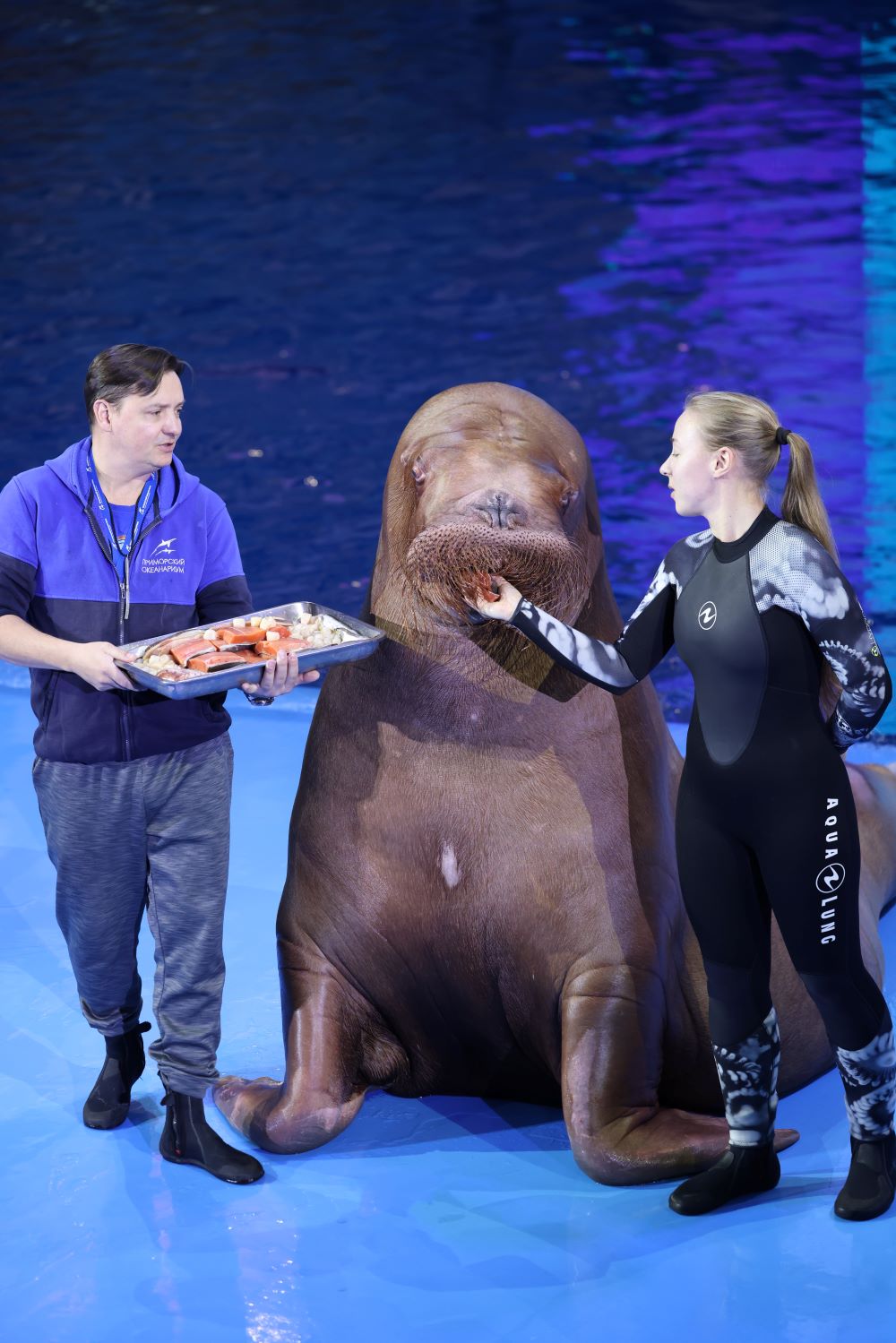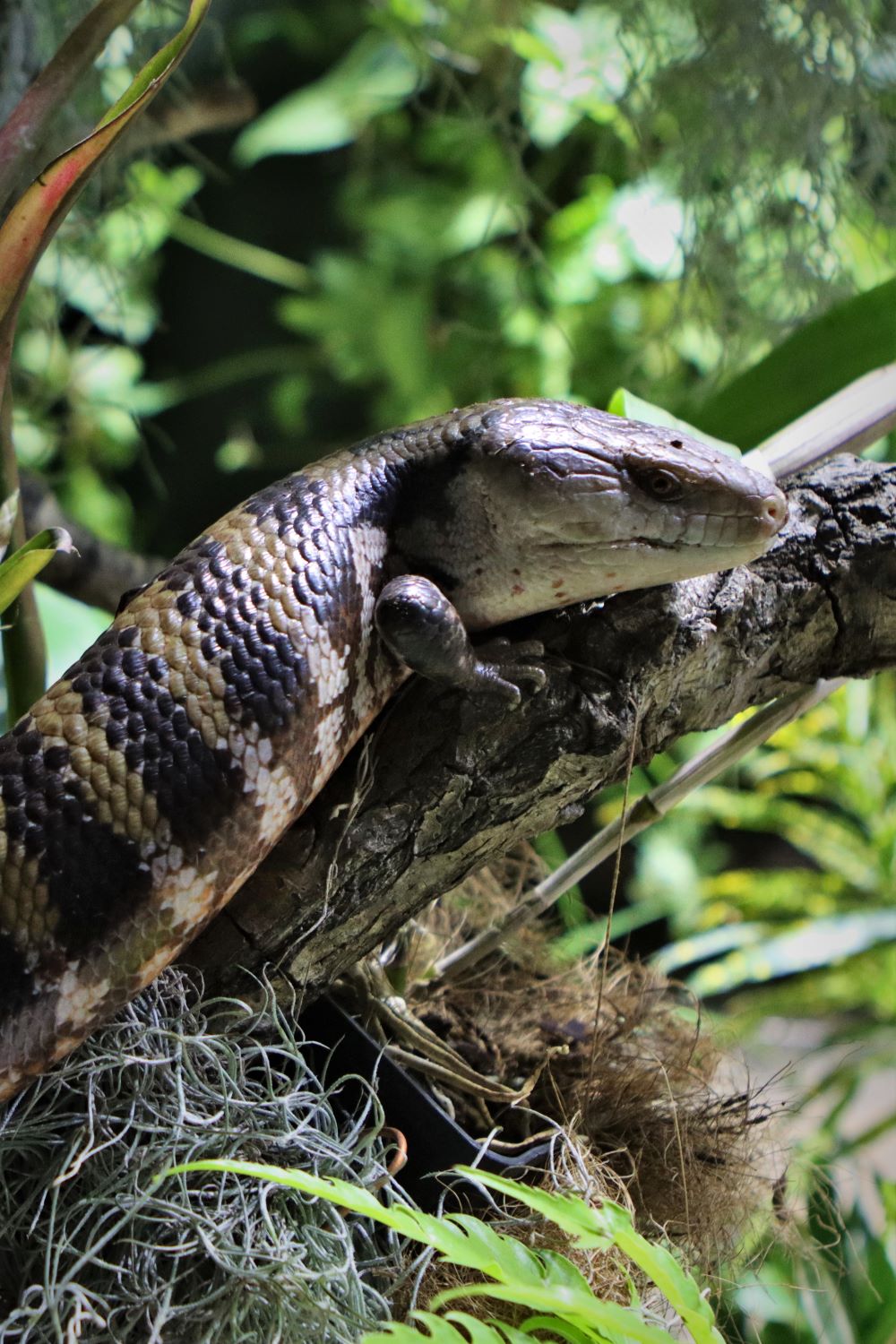Igor Katin, Lead Specialist of the Marine Mammal Research Station (MMRS) and Head of the Marine Mammals Laboratory in the A.V. Zhirmunsky National Scientific Center of Marine Biology, is on the Rimsky-Korsakov Islands now. Here, in the western Peter the Great Bay, Sea of Japan (East Sea), he is monitoring the local population of spotted seals, or largha seals (Phoca largha).
As Katin said, he has been monitoring the population trends in the seals continuously for several decades. His first yearly expedition to the rookeries is usually undertaken in the first half of February, when the number of newborn and nursed pups is the highest. The breeding season of spotted seals lasts from January to April.
A female largha gives birth to only one pup a year. Largha’s milk is rich in fat and the pups gain up to 2 kg of weight daily. Therefore, after 3-4 weeks of nursing their initial weight of 8 kg may increase to 40 kg.
Their white natal coat (lanugo) is a sign that the pups are less than a month old. The color of the coat helps them to blend in with ice and snow when they are too small and dependent on their mother. Later the pups molt their white fir and grow their adult sea going fir. After weaning, they start diving and hunting for small fish.
Igor Katin counts seals from a motor boat or during land-based surveys, using video- and photo-cameras. It is still too early to tally up the number of pups born this year. The last year’s survey result was 1000 pups.
Photo: Igor Katin





